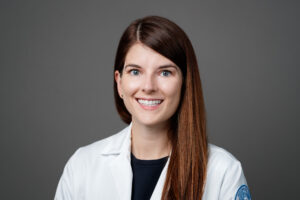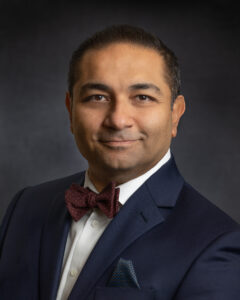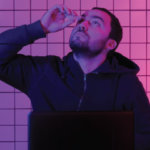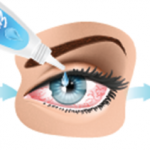“This is mostly prophylactic because Sjögren’s can lead to vision loss due to corneal ulcers, infections and scarring,” says Dr. Akpek. In fact, dry eye and Sjögren’s are the most common ocular co-morbidities in elderly patients with corneal ulcers, other than contact lens use.4
Non-steroidal anti-inflammatory topical dry eye treatments are without serious side effects. Both ophthalmologists and rheumatologists say they will prescribe these treatments to their patients with Sjögren’s disease when needed.
However, those are not the only treatments available—and this is where a referral to an ophthalmologist knowledgeable about dry eye and Sjögren’s can make a difference for patients.
Dr. Akpek follows the recommendations of the Tear Film and Ocular Surface Society’s Dry Eye Workshop II and escalates treatment according to the severity of the clinical findings. (Dry Eye Workshop III was held online in June.5,6) The workshop report (Dr. Akpek was a co-author) describes escalating treatments: moisture-retaining glasses, punctal plugs, secretagogues, neurostimulation, corticosteroids and biologics, such as autologous serum tears.
Treating dry eye in patients with Sjögren’s disease can be challenging, but it’s a good reminder that many options exist, Dr. Akpek says.
In addition to tears and anti-inflammatories, prescription eye drops, ointments and even warm compresses are useful, Dr. Bunya says. She often combines these treatments with punctal plugs and cautery, the latter of which involves a procedure that permanently closes the tear duct openings.
BostonSight, where Dr. Brocks is chief medical officer, is home to the PROSE treatment for ocular surface diseases. PROSE is a rigid gas-permeable lens that sits on the conjunctiva and vaults over the cornea. It’s used every day and is filled with preservative-free saline, creating a liquid bandage over the eye while used, Dr. Brocks describes.
Although rheumatologists frequently refer their patients with Sjögren’s to ophthalmologists, many still recommend some mild to moderate treatments, such as tears and night-time ointments, says Alireza Meysami, MD, MBA, CPE, RhMSUS, division head, Division of Rheumatology, Department of Internal Medicine, Henry Ford Health System, Detroit, and associate professor of medicine, College of Human Medicine, Michigan State University, East Lansing. He reviews possible lifestyle modifications, such as taking breaks during screen time and using humidifiers, with patients.
“When conventional therapies are insufficient, autologous serum eye drops can be extremely beneficial,” he adds, referring to drops made from the patient’s own blood serum and containing growth factors and anti-inflammatory properties that closely mimic natural tears.



